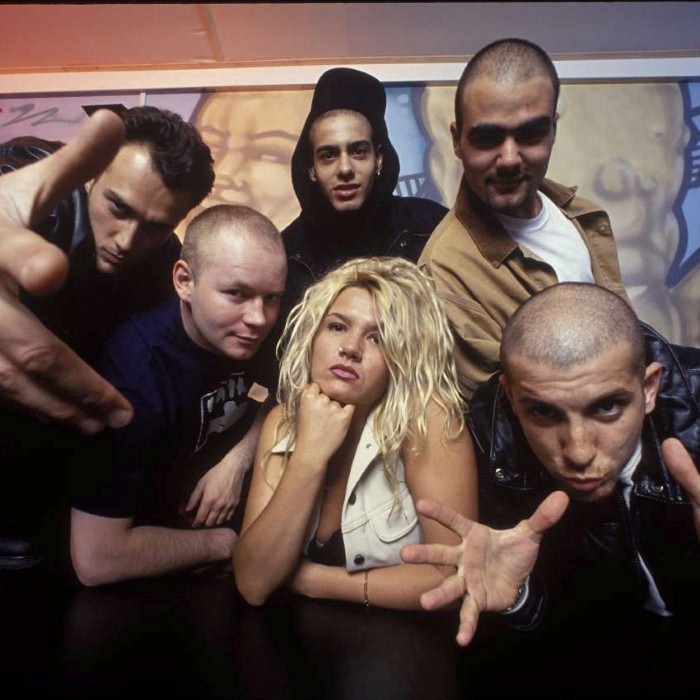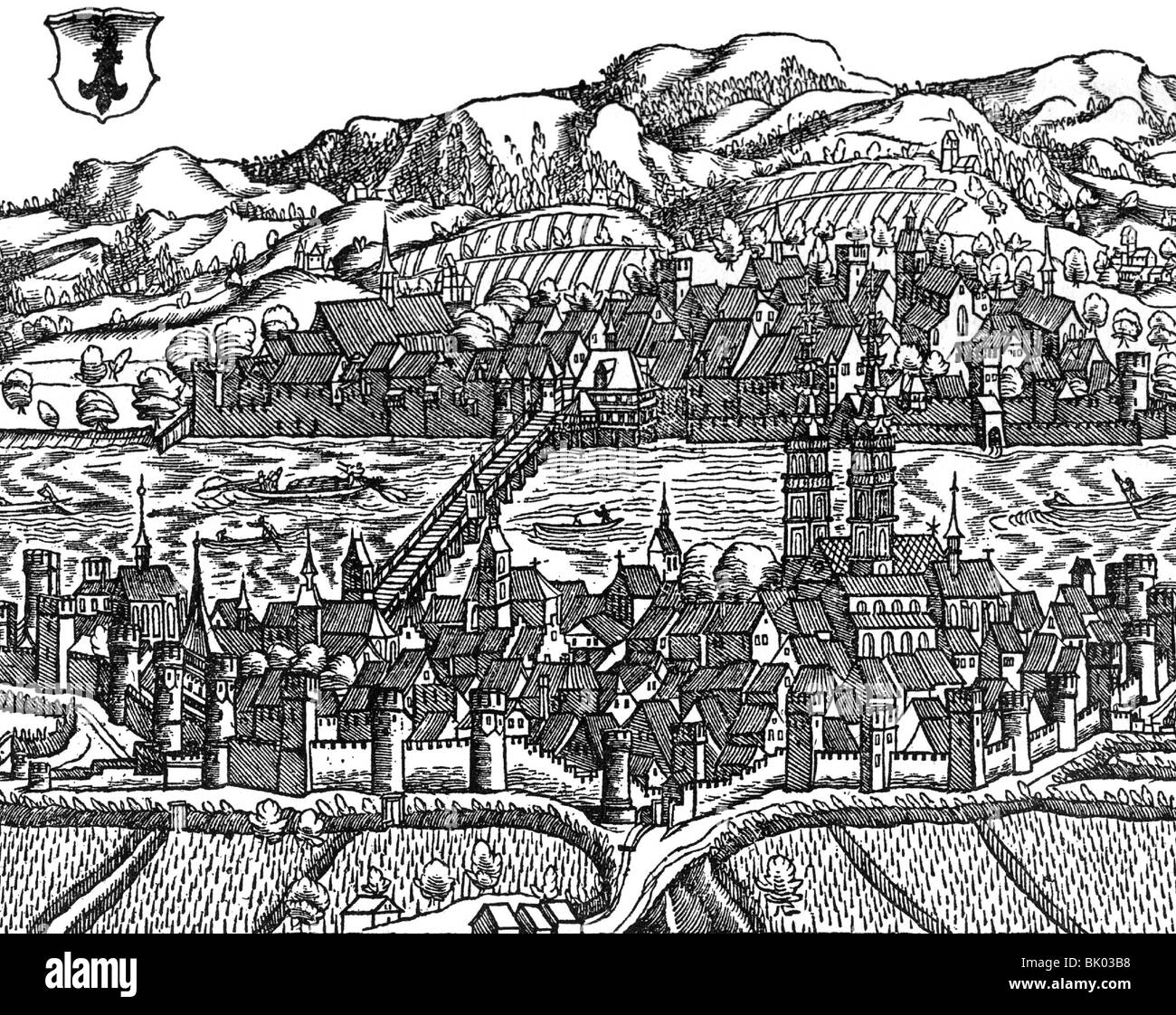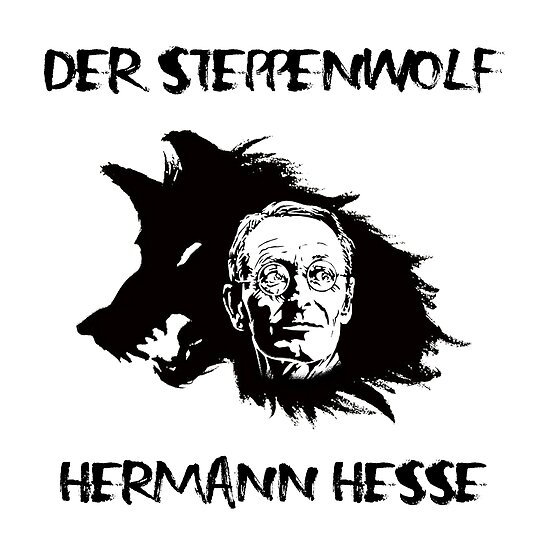From its elaborate embroidery on their clothing to their wood carvings, Switzerland’s folk arts are pretty well known. Their embroidery was typically used on women’s clothing and accessories but is now generally relegated to more touristy purposes now. Traditional clothing are pretty much only worn for cultural festivals these days.
A type of woodcarving commonly seen in Switzerland is called chip carving. This style of carving is when you take a small knife or a chisel and chip off pieces of wood from a larger block. Many artists have created figurines, spoons, walking sticks, stools, and other objects using this method. My uncle does this and makes fantastic intricately carved spoons. They really are incredible, and I want to learn how to do this.
They also have an odd carving tradition: Rääbeliechtli. It’s part of a fall celebration with its roots in Halloween. They carve out the insides of a root vegetable, most often it’s turnips, and then place a candle inside and hang it by three chains. (“Excuse me, can you turnip the light a little bit?” I’m sorry. I have a problem with offering unsolicited puns.) It is beautiful, though.

They have also had quite a few painters and sculptors from Switzerland make a name for themselves. During the 16th century, religion (especially Protestantism) had a strong hold on the subject matter of their art. Swiss artists spanned a number of artistic styles and mediums, and many of them were well known: Samuel Hieronymus Grimm (18th century watercolor painter), Alberto Giacometti (much of his works were drawn on [pun intended] inspirations from Etruscan artists), Jean Tinguely (sculpturist, known for complex moving works using scrap metals), and Paul Klee (one of the more well-known 20th century artists, known for his Surrealism, Expressionism, and Cubism styles).
 |
| A Google Doodle for Paul Klee's 139th birthday. |
The Dada movement, which was popular in Europe during the first couple of decades of the 20th century, started out in Zürich, Switzerland. It came about in response to WWI as a way of rejecting the reason and conformity of the capitalist society of the day. Instead, they opted to create art that represented the opposite: creating worlds that were upside-down, illogical, nonsensical, and often with an anti-bourgeois sentiment. The movement quickly spread to New York, Paris, and other cities.
One of my husband’s favorite artists is HR Giger. Some of his most famous works can be seen in the biomechanical monsters of sci-fi movies and video games, including the alien from the Alien franchise. However, if you look up a picture of HR Giger, I think he looks like Biff Tannen from the Back to the Future movies when they go into the future and he’s older. Tell me there’s not a resemblance.
 |
| L - HR Giger; R - the character Biff Tannen |
Swiss literature is mainly written in German, but there is still quite a bit that is written in French, Italian, and Romansh. Of course, the earliest writing from this area tend to be written in Latin, but toward the end of the Middle Ages, court and other political document switched over to German.
Outside of government papers (which aren’t really considered literature, per se), many of the first pieces of literature were in the form on poems or songs. And like many epic poems written during the late Middle Ages and early Renaissance period, topics generally includes stories about wars, war heroes, adventures, and love. These poems and songs often serve as a historical account. One of the first major works written in German was an elaborate history of Switzerland by Joseph Strumpf written in 1548.
 |
| Solomon Gesner |
During the 18th century, three cities became some of the key literary centers for not only Switzerland but in Europe as well. Zürich is probably the most known for its literary circles, but Basel and Bern also held their own. (Basil was also known for its mathematicians.) Some of the big names that were influential during this time include Isaac Iselin, Albrecht von Haller, JJ Scheuchzer, Solomon Gesner, and Johann Georg Zimmermann.
Themes shifted a bit in literature written during the 19th century. A sense of homeland, local dialects, and the country/peasant life brought forth a different focus and life in Swiss literature. Johann David Wyss wrote the famous novel Swiss Family Robinson, but also gave us the lyrics to the Swiss national anthem as well. Johanna Spyri wrote the well-known children’s book Heidi, which is set in the Swiss Alps (which I have a nice hardbound copy of given to me by my grandmother).
There have been two Nobel prize winners in literature during the 20th century: Carl Spitteler (1919, famous for his epic poem “Olympian Spring”) and Hermann Hesse (1946, I’ve read his novels Steppenwolf and Siddhartha and have Demian on my to-read list).
Up next: music and dance


















